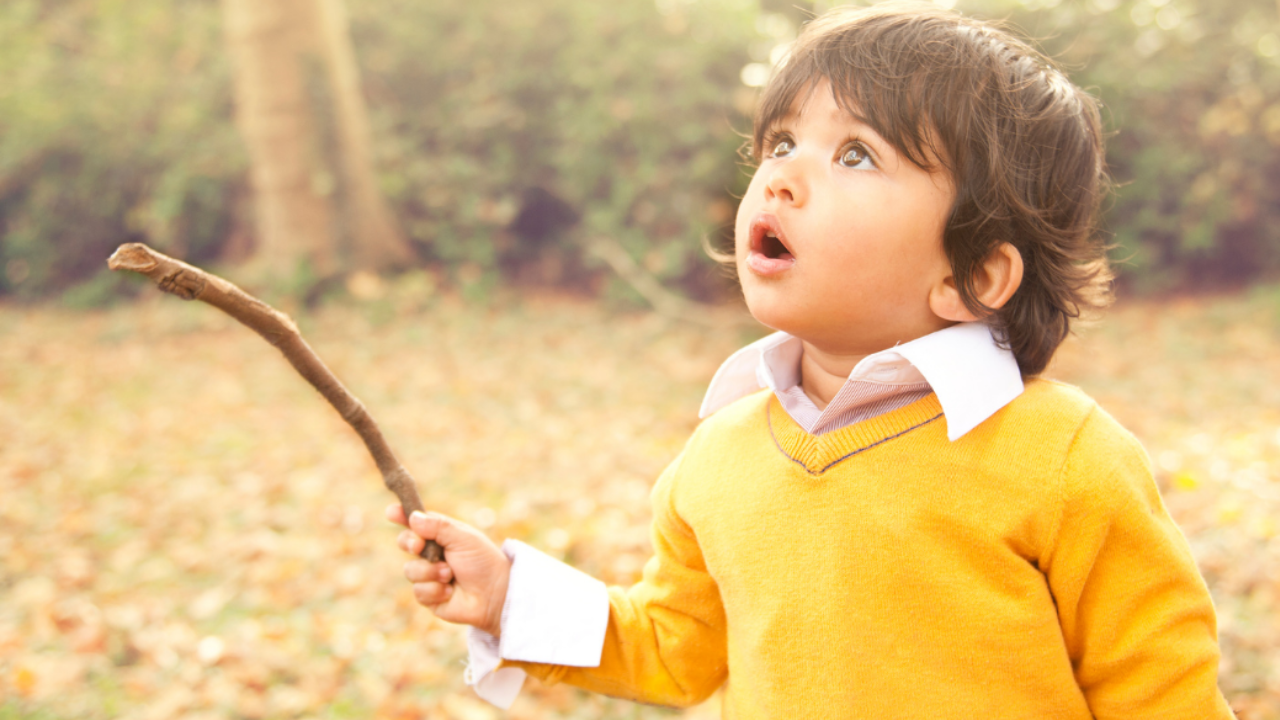
The Healing Power of Awe: Building Student Resilience Through Wonder
Think about a time when you heard music that gave you goosebumps. Remember standing before something vast: a mountain range, a starry sky, and feeling your breath catch. Recall witnessing something so beautiful your jaw dropped, and time seemed to pause.
This is the emotion of awe, and when we genuinely experience it, our bodies and minds grow stronger and healthier.
The Greater Goods Science Center has conducted extensive research on awe and its impact on the nervous system. We know that stress and emotional disconnection can harm our physiological well-being and contribute to illness. When we lean into experiences of awe, we actively support nervous system regulation and build resilience. This matters profoundly for our students, who face increasing academic and social pressures.
Awe also cultivates connection and perspective. It helps students step back from immediate stressors—the test they struggled with, the social conflict they experienced, the disappointment of not making the team—and recognize they're part of something larger. This shift in perspective is essential for emotional regulation and resilience. In each of these ways, awe becomes a powerful tool for social-emotional learning.
This week's classroom practice:
Personal Awareness:
- Notice when you experience awe in your daily life
- When it happens, resist rushing past the moment—allow yourself to fully feel it
- Actively seek opportunities for awe (nature during your commute, student insights that surprise you, small wonders in everyday moments)
In Your Classroom:
- Share an awe-inspiring video, musical piece, artwork, or image with your students
- Guide a brief discussion about the physical sensations they notice when experiencing wonder
- Teach students that these moments are healing for their bodies and minds
- Encourage them to identify sources of awe in their own lives
- Create a class collection of awe moments (through writing, drawing, or sharing)
Observing Students:
- Notice when students experience spontaneous wonder—a scientific discovery, a mathematical pattern, a literary connection
- Resist the urge to redirect attention quickly back to the lesson plan
- Allow space for these moments to breathe
- When appropriate, pause with them in the experience—this deepens both learning and connection
Integration Ideas:
- Begin or end class with a brief "awe moment" (a photograph, a poem, a piece of music)
- Invite students to share something that inspired wonder in them recently
- Connect curriculum content to larger questions that evoke curiosity and awe
- Take students outside when possible to experience the natural world
By intentionally building awe into your classroom culture, you're not just teaching content; you're nurturing the nervous system regulation and perspective-taking skills that form the foundation of lifelong resilience.


